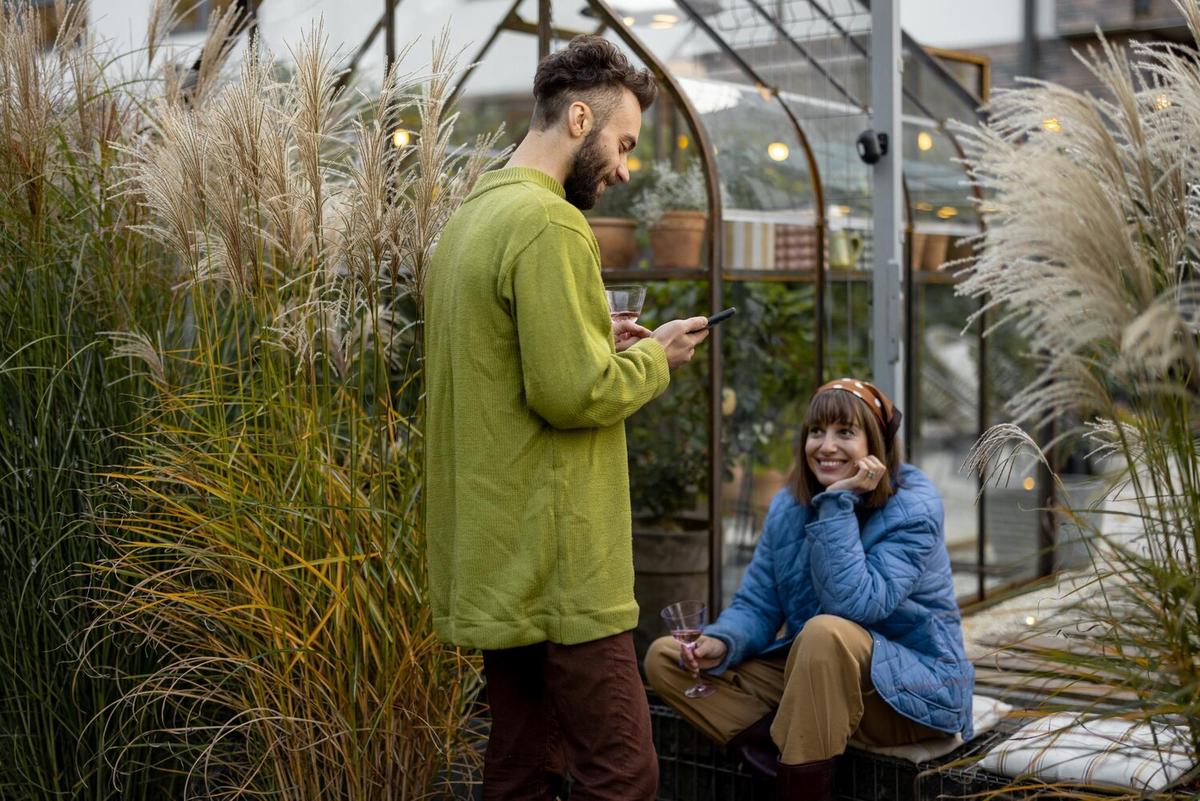
Sustainable Landscaping: Green Alternatives for Your Garden
As homeowners increasingly embrace sustainable practices, transforming your garden into an eco-friendly oasis has never been more relevant. Sustainable landscaping not only enhances the aesthetic appeal of your home but also contributes positively to the environment.
Sustainable landscaping is a holistic approach to designing and maintaining gardens that support the environment. By incorporating green alternatives, you can create a garden that thrives with minimal environmental impact. Let’s delve into some effective strategies.
Understanding Sustainable Landscaping
The concept of sustainable landscaping involves using practices that are environmentally sound and resource-efficient. According to the Environmental Protection Agency, lawns and gardens account for nearly a third of the water usage in American homes, indicating the need for more sustainable practices.
Expert Insights
Landscape architect and sustainability advocate, Chris Stone, suggests, “Choosing native plants is one of the simplest ways to make your garden more sustainable. They require less water and are more resilient to local pests.” This approach not only conserves water but also supports local wildlife.
Green Alternatives for Your Garden
1. Native Plant Selection
Opt for plants that are indigenous to your region. These plants adapt better to the local climate and require less maintenance.
2. Water Conservation Techniques
- Implement drip irrigation systems to minimize water wastage.
- Collect rainwater using barrels to irrigate your garden.
3. Composting
Create a compost pile for organic waste. This enriches the soil naturally and reduces the need for chemical fertilizers.
4. Permeable Paving
Use materials like gravel or permeable pavers to allow rainwater to seep through, reducing runoff and erosion.
| Technique | Benefits |
|---|---|
| Native Plant Selection | Reduces water usage and supports biodiversity |
| Drip Irrigation | Efficient water use |
| Rainwater Harvesting | Utilizes natural water sources |
| Composting | Improves soil health |
| Permeable Paving | Reduces runoff |
Personal Experiences
Emma, a homeowner in California, transformed her garden using sustainable methods. “Switching to native plants and installing a drip irrigation system drastically reduced our water bill,” she shares.
Frequently Asked Questions
What are some low-maintenance plants for sustainable landscaping?
Succulents and ornamental grasses are excellent choices as they are drought-resistant and require minimal care.
How can I make my garden more eco-friendly?
Incorporate native plants, use organic fertilizers, and install water-efficient irrigation systems.
Conclusion
Incorporating sustainable landscaping practices not only beautifies your garden but also contributes to environmental conservation. By choosing native plants, conserving water, and using organic methods, you can create a garden that is both stunning and sustainable. Take the first step towards a greener future by integrating these strategies into your garden today.